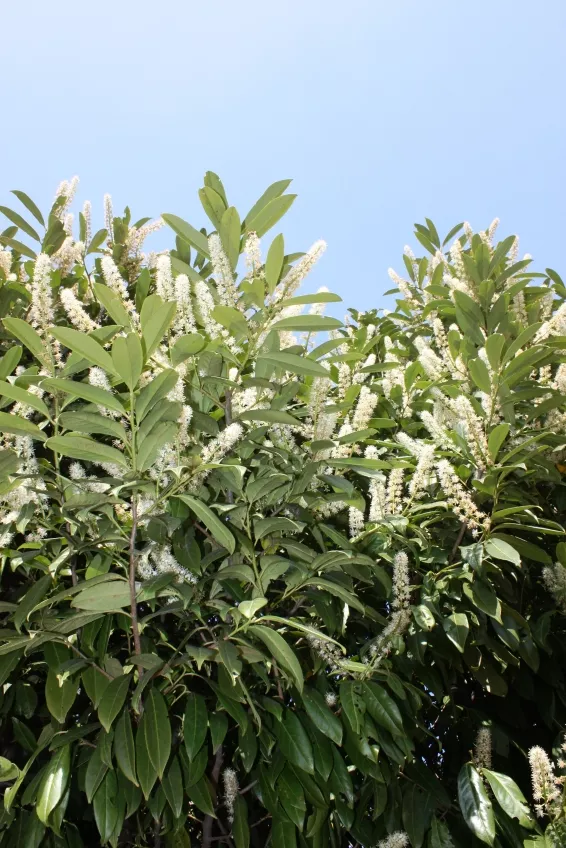- The consumption of the berries can be deadly for children
- The symptoms of poisoning
- Attention pet owners
- In its homeland, the cherry laurel is considered a delicacy
- tips and tricks
The evergreen cherry laurel adorns many home gardens and is one of the most popular hedge plants. What many do not know, however, is that all parts of the tree are highly toxic. For this reason, the laurel cherry was voted poisonous plant of the year in 2013.

The consumption of the berries can be deadly for children
The cherry laurel contains glycosides in the leaves, flowers and seeds of the fruit. After chewing and swallowing, these are converted into highly toxic hydrocyanic acid in the stomach. The glycosides taste strongly bitter. Children who eat the leaves of the cherry laurel therefore usually spit it out straight away. A far greater risk of poisoning comes from the fruits, which taste aromatically sweet with only a slightly bitter aftertaste. As little as ten chewed laurel seeds can be fatal to a child. In adults, the dose increases to about fifty seeds.
The symptoms of poisoning
You can recognize hydrocyanic acid poisoning by these symptoms:
- crimson face
- unpleasant scratchy throat
- a headache
- stomach pain
- nausea
- Vomit
- tachycardia
- dizziness
- unconsciousness
As with all poisonings, not all symptoms always appear at the same time. Therefore, at the slightest suspicion of intoxication, seek medical treatment.
Attention pet owners
Cherry laurel is also toxic to horses, cattle, cows, pigs, dogs, cats, and small animals. You can recognize the poisoning in your four-legged friend from the increased salivation, irritation of the mucous membranes, stomach and intestinal problems and breathing problems up to respiratory paralysis. If your animal shows these symptoms and there is a suspicion that it has eaten the cherry laurel, you should contact a veterinarian immediately.
In its homeland, the cherry laurel is considered a delicacy
The bay cherry is edible dried or cooked and non-toxic due to the decomposition of toxins. The fruits are highly valued as a specialty in Turkey. However, due to their toxicity, it is better to leave the processing of the berries to professionals.
tips and tricks
Because of their high hydrocyanic acid content, the leaves of the laurel cherry are used to soften and soften organic materials. This process is environmentally friendly because it does not cause water damage and is used in particular for restoration.
SKb